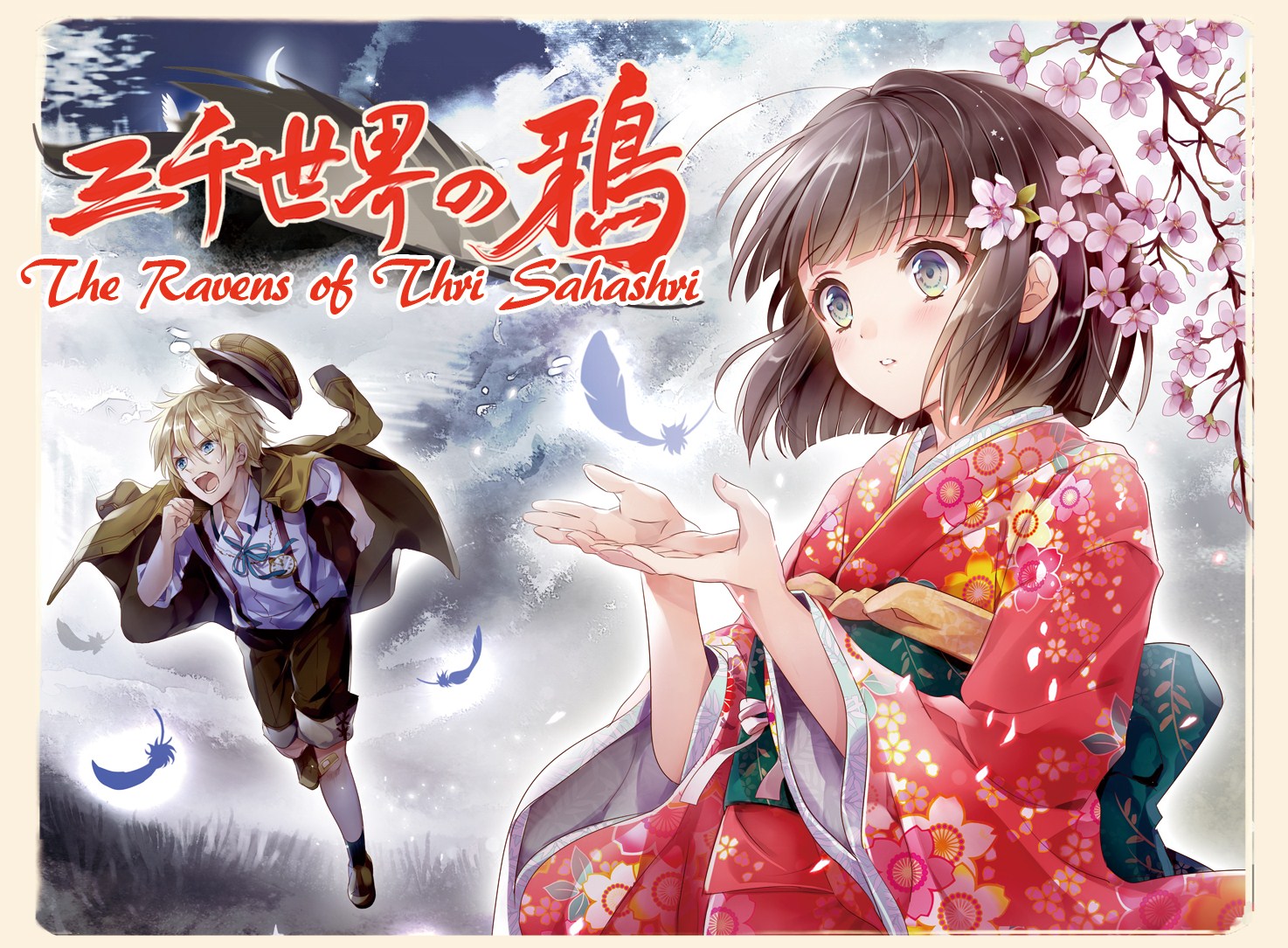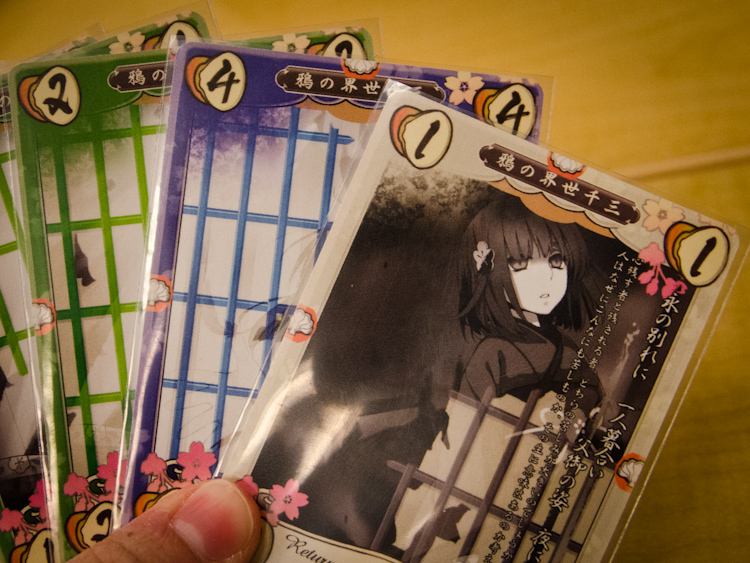Board Games
11 posts
Nov 16 2014
Unusual crossovers
Of the overall Japanese electronic gaming market, a considerable chunk consists of what are called ren'ai games (恋愛ゲーム, lit. love games), which are games that revolve around love and romance (and, all-too-often for guys, sex). From a mechanics standpoint, a fairly large percentage are comprised of what the Japanese consider simulation games (シムレーションゲーム), which for those not familiar with the term, are essentially electronic versions of Choose Your Own Adventure books (or gamebooks, if you want to use the more general term). For the most part, these types of games don't exist in the Western market. From a theme standpoint, some of these are called nakige (泣きゲー, lit. crying games), where the goal is have a story so emotionally charged that the player is brought to tears. Again, for the most part, these types of games don't exist in the Western market. Standard examples of the cross-section of these two are games by Visual Art's/Key (Kanon]], Air, Clannad, リトルバスターズ!), as well as games in Giga (戯画)'s [WARNING: 18+ content if you do a search] maid cafe series (ショコラ ~maid cafe "curio"~, パ ル フ ェ ~ショコラ second brew~) and CIRCUS' [WARNING: 18+ content if you do a search] D.C. series (D.C.~ダ・カーポ~, D.C.II~ダ・カーポII~, D.C.III~ダ・カーポIII~), amongst others.
But what if you were to take some of these themes into a different environment? Such as, say, board gaming?
Then you might end up with a game like The Ravens of Thri Sahashri (三千世界の鴉).
I stumbled across the BGG coverage from Spiel 2014 by accident, having looked at it out of (perverse) curiosity from the mention in the BGG Ars Alchimia's video (where they describe The Ravens of Thri Sahashri as a work when the designer is mad).
 | The premise starts off with a not-too-unusual tragic romance base in a historical Japanese setting, where the family of Ren (四宮恋), the heroine, has died from an epidemic, and her relatives have sold her off to be a geisha. The hero, Feth (フェス), in Japan due to his father's trading career, falls in love with her while with his father in the red light district for a session of entertainment. He decides to free her, which he does with the help of one of the older geisha, but during the escape, the nameless older geisha is shot and killed, causing Ren to fall unconscious from shock. The game starts with Feth having returned to the foreign conclave with an unconscious Ren, where he wonders if this occasion is why he has the undesirable ability to enter other people's hearts, deciding to do so with a weakened Ren, with sunrise as his deadline. The mechanics are fairly involved, revolving around a very unusual two-player, asymmetrical, cooperative game with no allowed overt in-game communication. For each of three batches, the person playing as Ren draws four cards from the memory deck, keeping them out of view of the person playing as Feth. Each round, Feth draws as many cards as desired to make patterns on the board (referred to as the Atman); at the end of each round, Ren is able to take a card from the board, allowing Feth to use the power on that card from then on. A batch ends when certain conditions have been completed, and the players can win the game if they successfully complete the third batch. The specifics are complex enough such that I won't repeat them here. |
The theme, however, is (imho) even stronger.
|  |
Unfortunately? It was a limited print run, and may not ever be available again in the future. I'd love to get my hands on a copy, but it doesn't look likely at all. I've checked to see if I can source the original Japanese version, but I don't seem to be able to find that one either.
P.S. From a theme standpoint, I'm actually somewhat reminded of Navel's Really? Really! [WARNING: 18+ content], at least for the notion of sorting through somebody's memories to bring them back from an unconscious state... although it's a considerably less-depressing game, with frequent bouts of humour.
